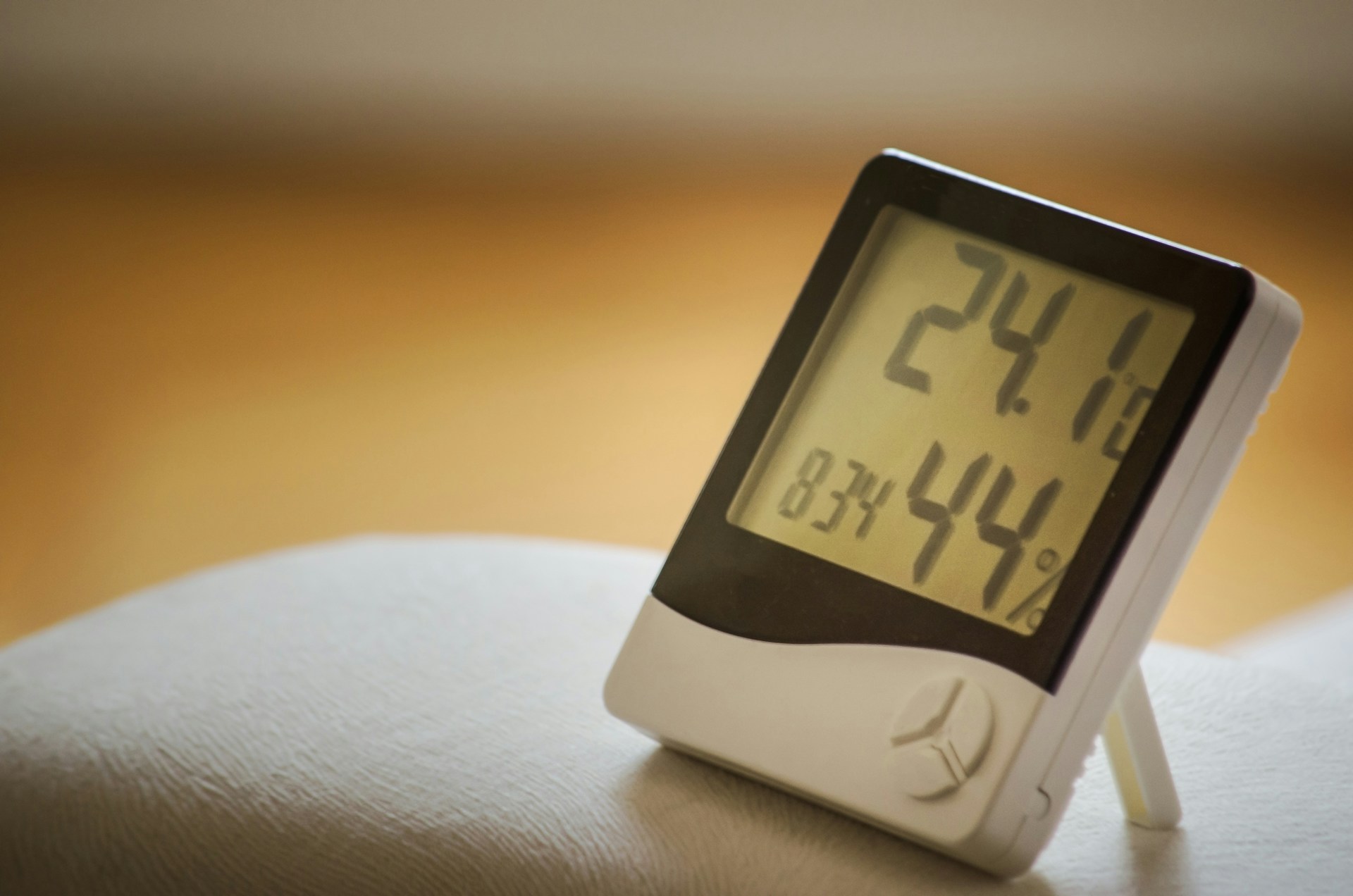Humidity control in tissue banks may not sound exciting, but it’s absolutely necessary. When storing different types of human tissues like skin, bone, or heart valves, the conditions need to be just right. If the humidity is off, it could mean trouble for the quality and safety of the tissues, which have vital roles in medical research and transplants. Keeping humidity and temperature stable prevents tissues from degrading, ensuring they work correctly when needed.
This is where using a humidity and temperature monitoring system comes into play. In a place like Durham, NC, where the weather can be pretty unpredictable, having advanced technology to help maintain conditions is a good idea. It makes sure the environment inside the tissue bank is just right, no matter what’s happening outside.
Understanding Humidity Control in Tissue Banks
Humidity control isn’t just about keeping things dry or wet. It’s about maintaining a precise environment so each type of tissue can stay viable for as long as necessary. Human tissues are sensitive to changes, so they have specific needs to meet. If these needs aren’t met, tissues can lose their quality, which might make them unsuitable for use. Here’s a closer look at why controlling humidity is important:
– Preventing Degradation: Different tissues, like tendons or corneas, react quite critically to humidity changes. Too much moisture can cause bacterial growth or degrade tissue structures, while too little can dry them out.
– Meeting Specific Needs: Each type of tissue has its own set of required conditions. For instance, bone and tendons require different humidity levels than skin or corneas. Managing these needs ensures tissues keep their properties for medical use.
– Regulatory Requirements: Operating a tissue bank isn’t just about keeping things cool and dry. There are strict guidelines from organizations like the FDA and AABB to ensure quality and safety. Meeting these guidelines demonstrates responsibility and care.
Tissue banks aren’t just storage facilities; they play a crucial role in healthcare and medical research. So, getting the humidity just right isn’t just an option—it’s a responsibility. By understanding how each type of tissue responds to moisture, you ensure the conditions in the bank meet regulatory expectations and preserve the integrity of these vital materials.
How a Humidity and Temperature Monitoring System Works
To understand how these monitoring systems work, let’s break down their components. Typically, they include sensors, data loggers, and alert mechanisms. The sensors are placed in the storage areas where they continuously check the humidity and temperature levels. These sensors are like the eyes and ears of the system, keeping watch day and night.
The data collected by the sensors doesn’t just sit there. It gets logged by a data logger, which records every change, ensuring there’s a detailed track of what the conditions have been like over time. This is incredibly helpful for looking back and diagnosing any potential issues. When something goes off the desired levels, the system jumps into action by sending out alerts, giving staff a heads up to act quickly.
In addition to being super vigilant, these systems are user-friendly. They often come with software that’s easy to navigate and can showcase data in a way that’s easy to understand. This makes it simple for staff to monitor the environment without needing to be technology experts.
Benefits of Using a Humidity and Temperature Monitoring System
Using such a system comes with several benefits that are too significant to overlook:
– Regulatory Compliance: With tight regulations in place, tissue banks need to show they meet all the necessary standards. Automated logging and alerting make inspections smoother and help avoid non-compliance issues.
– Quality Preservation: With the system’s constant vigilance, there’s less risk of tissue degradation, preserving the quality and safety of stored samples.
– Operational Efficiency: Automation reduces the need for manual checks, saving time and resources. This also means staff can focus on other important tasks without worrying about storage conditions.
– Cost Savings: Preventing tissue spoilage and avoiding regulatory penalties can lead to significant cost savings.
Tips for Maintaining Your Monitoring System
To keep the monitoring system running smoothly, a few simple practices can make a big difference:
– Routine Checks: Regularly inspect the system to ensure all components are functioning properly.
– Calibration: Make sure to calibrate the sensors periodically. This ensures their readings remain accurate.
– Software Updates: Don’t ignore software updates, as they often fix bugs and improve performance.
– Reliable Provider: Choose a provider known for dependable service, as you don’t want any surprises that compromise system performance.
Safeguarding Your Tissue Bank with Advanced Technology
Having an efficient humidity and temperature monitoring system is like having a reliable caretaker who never takes a break. It secures the environment for critical materials, keeps everything in check, and provides peace of mind that everything stored will perform as needed.
In a place like Durham, NC, with its weather challenges, such systems ensure tissue banks maintain their important role in healthcare and research. By upgrading to advanced technological solutions, tissue banks can meet regulatory requirements easily, boost their productivity, and ensure that the tissues stored are in the best possible condition when they’re finally needed for research or transplant use.
To ensure that your tissue bank in Durham, NC remains compliant with regulations and maintains the top quality of stored tissues, consider integrating a reliable humidity and temperature monitoring system. With Qualified Controls, your facility can benefit from advanced technology that continuously safeguards your valuable specimens. Discover more about how our solutions can enhance your storage protocols by exploring our humidity and temperature monitoring system.


